Encounters Between Korean Art and Literature in the Modern Age
In Korean history, the Japanese colonial period (1910–1945) has generally been viewed as an era of darkness and despair. As such, any attempt to examine the events of this time period are subject to preconceived notions of anger and aversion, like reliving a painful wound.
Under colonial rule, of course, the people of Korea were continuously shackled by many contradictory social structures. But even so, this era was a period of profound transformation, during which time the traditional society of the past collided with the modern society of the present, with new cultures and technologies being accepted, absorbed, or repelled with unimaginable speed. In particular, young people became fascinated by a rapid surge of new ideas, philosophies, knowledge, and culture from the West.
This exhibition shares the stories of artists and writers who devoted themselves to art and literature during this paradoxical era, focusing primarily on life in colonial Seoul (then known as Gyeongseong) in the 1930s and 40s. These cultural figures were free spirits who gathered in cafes and bars, condemned the absurdities of reality, promoted their own perception of a new era, and advocated the new avant-garde of knowledge, much like the École de Paris in France. Despite the overlying social contradictions and confusion, these artists and writers became a driving force, forming a deep solidarity as they cleared their own path through their shared belief in the abiding value of literature and art.
Uncovering and introducing many invaluable assets of Korean heritage created through the joint efforts of writers and artists in the modern era, this exhibition opens the door to a thrilling new world of art and literature, celebrating the achievements of cultural pioneers who actively cultivated and shared their wisdom and nobility during a time of national crisis and contradiction.
Part I. Confluence of the Avant-garde
In 1933, the poet Yi Sang opened Coffeehouse Jebi in Jongno, Gyeongseong, and began inviting artists to join him there for coffee and conversation. The interior of Coffeehouse Jebi was sparsely decorated, with blank, whitish walls that were almost unadorned, except for a rather gloomy self-portrait of Yi Sang in pallid colors, or a Fauvist-style painting by Yi's friend, the painter Gu Bon-ung. In another spot, a framed aphorism by Jules Renard or Jean Cocteau might be hung on the wall. But in this run-down cafe with only a few chairs and tables, artists gathered to hear a violin concerto by Mischa Elman or talk about the latest film by René Clair, which had just opened at a movie theater in Myeong-dong, the heart of the city.
By the 1930s, many Koreans were just beginning to experience and absorb the elements of modernity that are now ubiquitous. This part of the exhibition introduces the Korean artists who sought to establish themselves as the "avant-garde" on the cutting-edge of society by eagerly embracing the latest trends of Western culture. Writers and artists such as Yi Sang, Park Taewon, Kim Gi-rim, Gu Bon-ung, Hwang Suljo, Gil Jinseop, Kim Whanki, Yoo Youngkuk, and Kim Byungki shared their views and appreciation of Europe’s leading art styles and movements of the time, from Fauvism to Surrealism, Dadaism, and abstract art. Through their joint efforts, such artists developed a unique worldview that integrated heterogeneous cultures and genres from literature, art, music, and film.
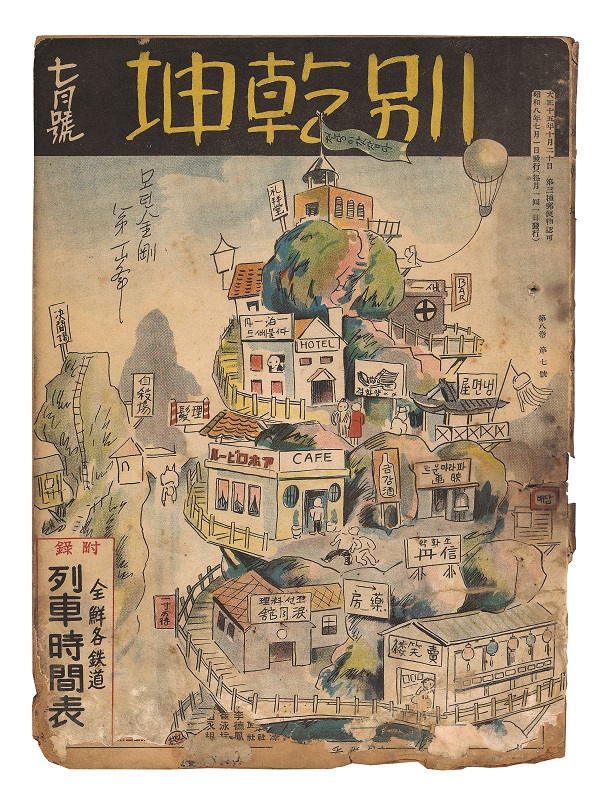
12,000 Peaks of Modern Geumgang, cover illustration: Hwang Jeongsu, Byeolgeongon (vol. 8, no. 7), July 1933, Institution of Modern Bibliography collection
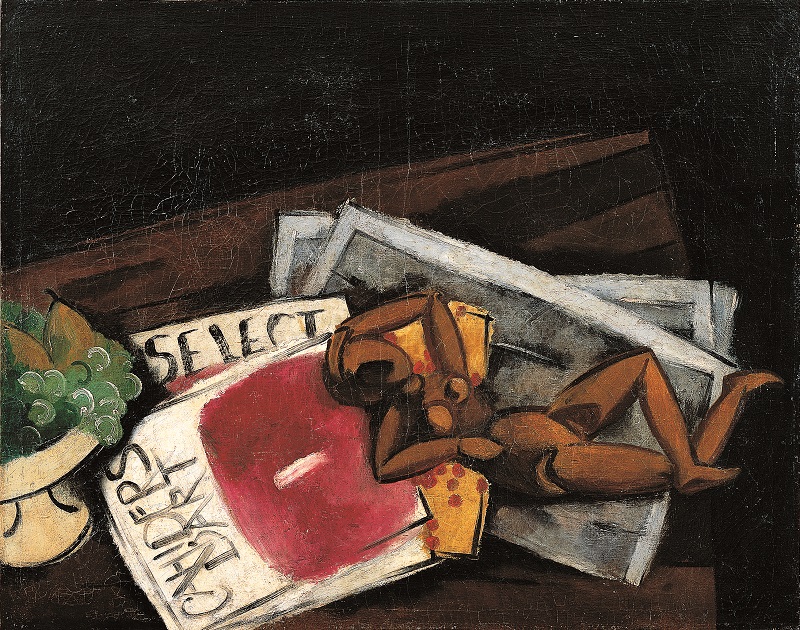
Gu Bon-ung, Still Life with a Doll, 1937, oil on canvas, 71.4 × 89.4 cm, Leeum, Samsung Museum of Art collection
Part II. A Museum Built From Paper
In the second gallery, Part II commemorates outstanding examples of visual art from print media of the 1920s, 1930s, and 1940s. In the 1920s, newspapers and magazines began to flourish in Korea, offering a much-needed platform for both writers and illustrators who had limited opportunities under colonial rule. Combining their efforts, these writers and illustrators fueled the enormous popularity of serial stories in newspapers, which attracted a huge readership. This fascinating chapter of Korean cultural history is revealed through original and reproduced works by famed illustrators such as Ahn Seokju, No Soohyeon, Lee Sangbeom, Jeong Hyeon-ung, Lee Seungman, and Kim Gyutaek. Meanwhile, some newspapers also published supplementary magazines featuring a marvelous new genre of illustrated writings called "hwamun (畵文)," showcasing the combined skills of writers and painters. Seeing the original text of the poems brought to life in beguiling illustrations, visitors can easily appreciate the enduring attraction of hwamun.
Writer Lee Taejun once described books as "a flower, an angel, and a hero among cultural products." Reflecting this spirit, this section features a careful selection of some of the most beautiful books of the modern era, highlighted by a rare edition of Baek Seok's Deer, one of only 100 copies ever published. Other landmark publications on display include Kim Sowol's Azaleas, Seo Jeongju's Flower and Snake, and Yun Dongju's Sky, Wind, and Stars.
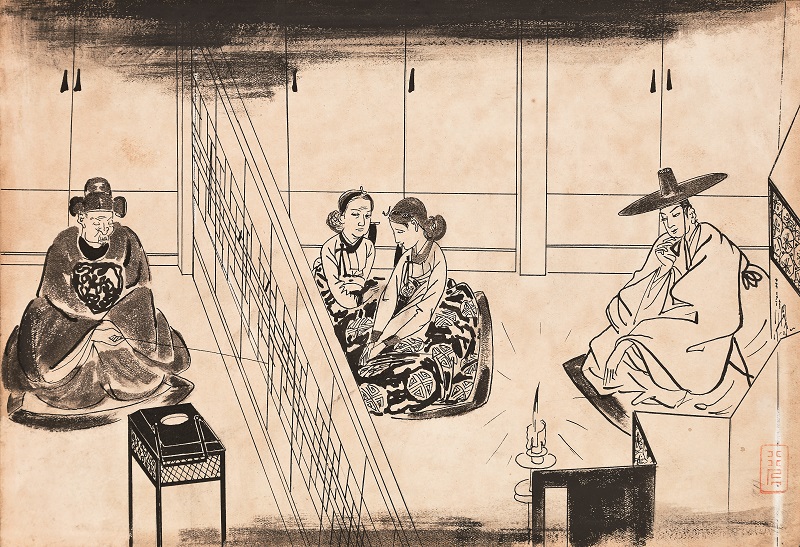
Lee Seungman, illustration for Bak Jonghwa's Blood on the Silk Jacket, 1936, ink on paper, 17 × 25.5 cm, private collection
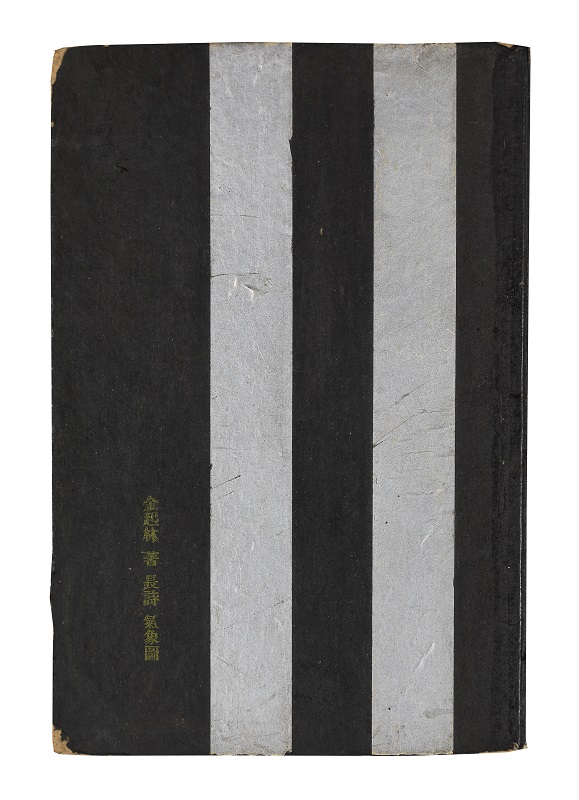
Kim Gi-rim, Weather Chart, book design by Yi Sang, 1936, Hwabong Books collection
Part III. Fellowship of Artists and Writers in the Modern Age
Part III focuses on the individual relationships between writers and painters from the 1930s through 1950s, starting with the encounter between poet Jeong Jiyong and painter Chang Pal, who pursued a world of absolute spirituality through religion. This section also reveals the remarkable interactions between poet Baek Seok, who longed for the sincere and dreamlike world of poetry, and Jeong Hyeon-ung, the top book designer and illustrator of the time, who worked side-by-side in the editorial office of Chosun Ilbo newspaper. Chosun Ilbo was also the meeting place of Lee Yeoseong, the head of the Social Affairs Department, and Kim Gi-rim, a fledgling reporter, who combined their advanced intellects in diagnosing and delineating Korea's position within the flow of global events. Finally, while studying in Japan, Lee Taejun and Kim Yongjun shared a view of art that blossomed into a lifelong friendship based on the quaint beauty of Korea's traditional heritage.
Building upon the legacy of such figures, the artists of the next generation (born in the 1910s) developed the sensibility of "seeing poems like paintings and reading paintings like poems," leading to the emergence of Imagism, led by poet Kim Gwang-gyun. Along with Kim Gwang-gyun, an intertwined network of poets and painters such as Kim Manhyung, Oh Jang-hwan, Lee Jungseop, Ku Sang, Lee Qoede, Jin Hwan, Seo Jeongju, Kim Whanki, Lee Bong-gu, and Jo Byeonghwa cultivated a rich cultural garden that produced some of the most beautiful poems and paintings of the modern era.
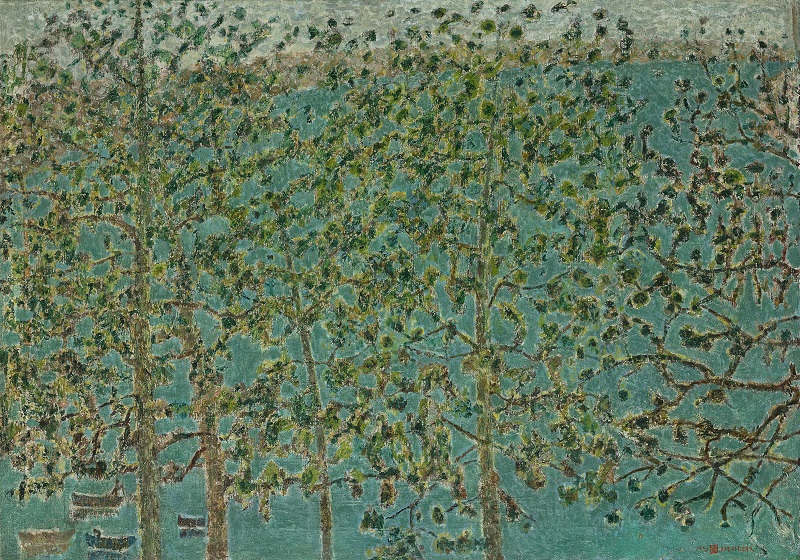
Choi Jaideok, Poplar Trees on the Han River, 1940s, oil on canvas, 65 × 91 cm, private collection
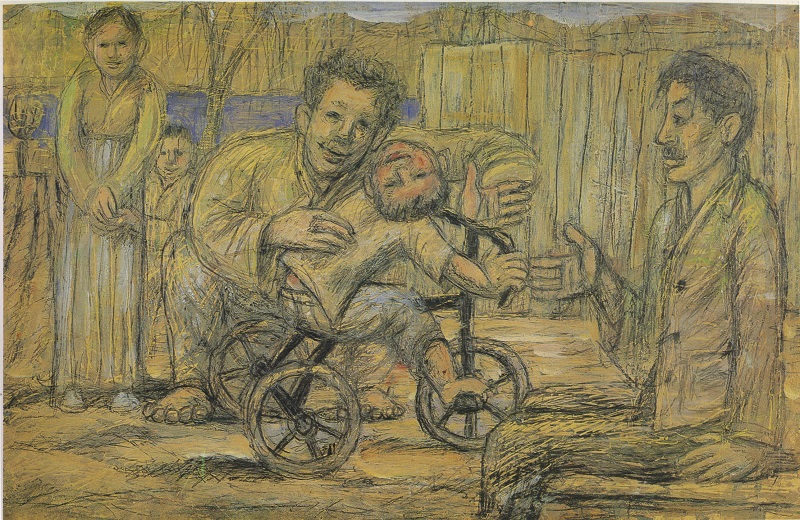
Lee Jungseop, Family of Poet Ku Sang, 1955, pen and oil on paper, 32 × 49.5 cm, private collection
Part IV. Writings and Paintings by Literary Artists
Part IV showcases the writings and paintings of six artists who are known primarily as painters, but who also had exceptional literary talent. The six artists are Kim Yongjun, whose simple and genuine skills as an essayist are displayed in Essays by Kim Yongjun; Chang Ucchin, a painter who expressed his admiration for purity and simplicity not only in his childlike paintings, but also in his essay collection Atelier of the River; Park Kosuk, a painter who shared his love of nature and mountains with many literary friends; Han Mook, who warmly captured everyday life before and after the Korean War in his writings and paintings; Chun Kyungja, who became equally beloved for paintings and her candid autobiographical essays on human emotion; and Kim Whanki, who worked as an illustrator for major magazines starting from the 1930s and whose diaries, letters, and essays shine with the same touching spirit as his famous paintings.
The gallery is divided into separate spaces for viewing the paintings and reading the writings of the respective artists. Taken together, the diverse and vibrant works reveal the intricate inner minds of these fascinating figures who were beholden to two muses, of both writing and painting.
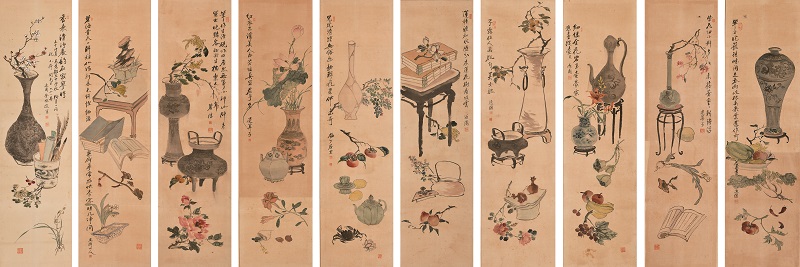
Kim Yongjun, Ten-panel Folding Screen with Still Life, 1942, ink and color on silk, each panel 130.3 × 35.7 cm, private collection
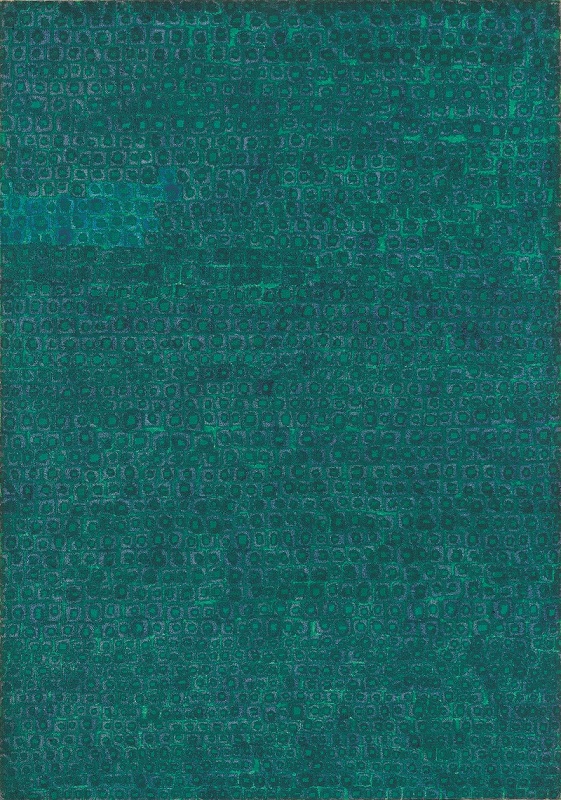
Kim Whanki, Untitled, 1969–73, oil on canvas, 86.5 × 60.7 cm, private collection ⓒWhanki Foundation·Whanki Museum

